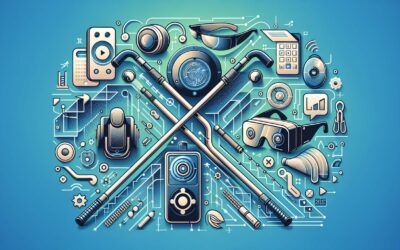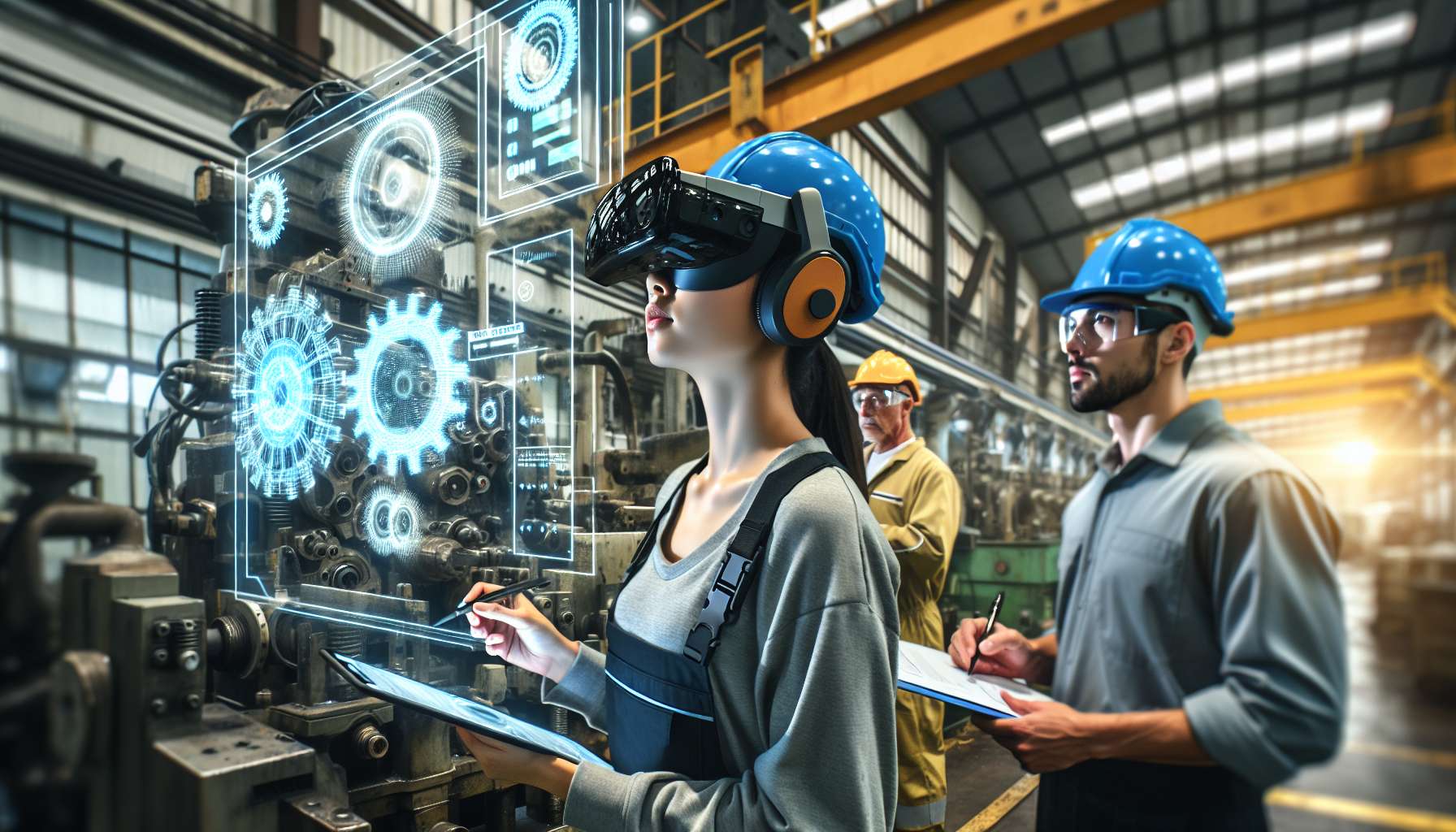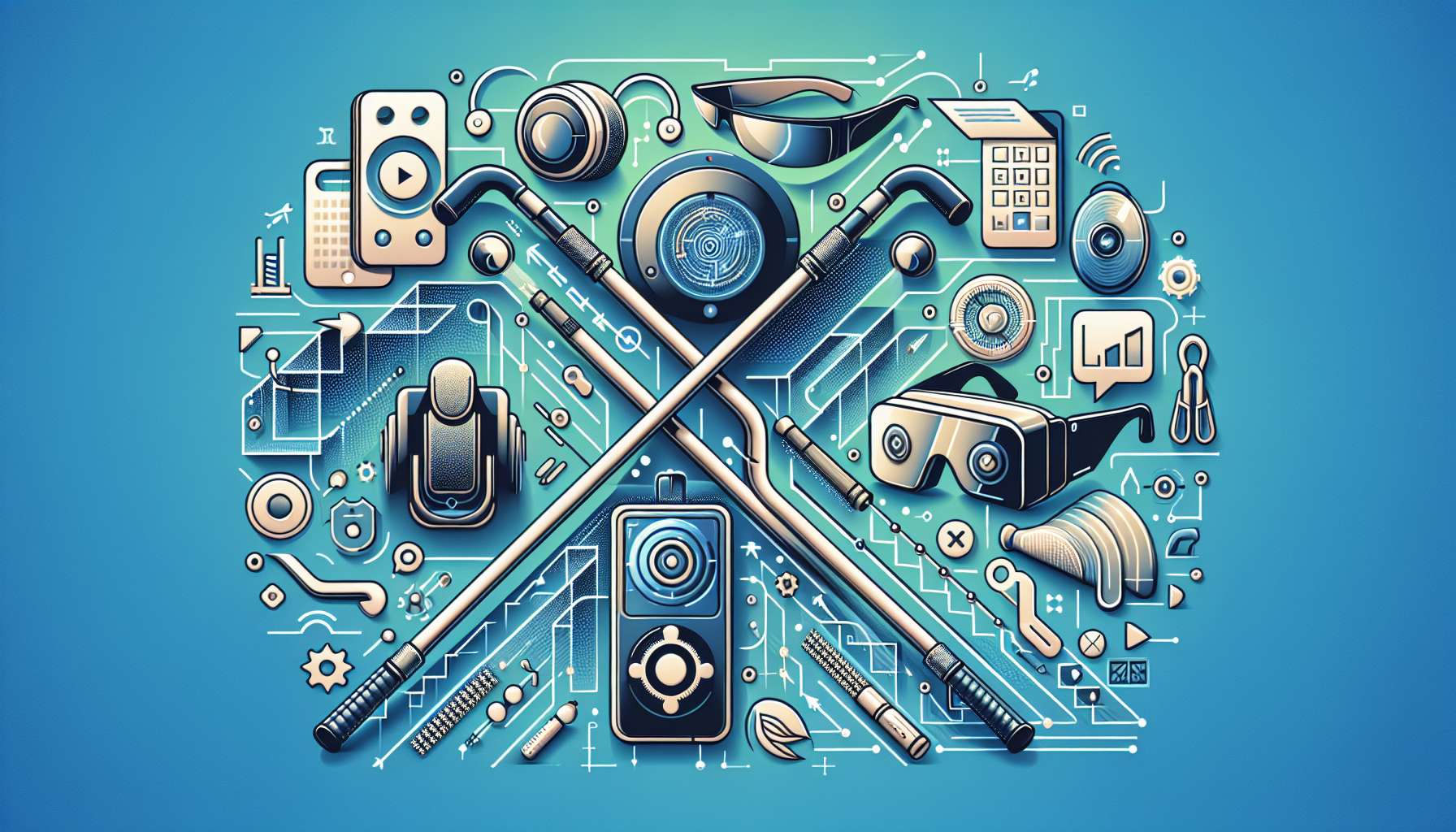The Role of AR in Industrial Training and Maintenance
Augmented Reality (AR) has emerged as a game-changing technology in various industries, and its impact on industrial training and maintenance is particularly noteworthy. AR combines the real world with virtual elements, enhancing the user’s perception and interaction with their environment. In the industrial sector, AR has proven to be a valuable tool for training employees and improving maintenance processes.
Enhanced Training Experience
AR offers a unique and immersive training experience for industrial workers. Traditional training methods often involve lengthy classroom sessions or on-the-job training, which can be time-consuming and costly. With AR, trainees can learn in a simulated environment that replicates real-world scenarios, allowing them to practice their skills and gain confidence before working in actual industrial settings.
AR can provide step-by-step instructions, overlaying digital information onto physical objects. This enables trainees to visualize complex procedures and understand the intricacies of machinery and equipment. For example, an AR headset can guide a technician through the process of assembling a machine, highlighting each step and providing real-time feedback.
Improved Maintenance Processes
Maintenance is a critical aspect of industrial operations, ensuring the smooth functioning of machinery and preventing costly breakdowns. AR can significantly enhance maintenance processes by providing technicians with real-time information and guidance.
AR-enabled devices, such as smart glasses or tablets, can display relevant data and instructions directly in the technician’s field of view. This eliminates the need for bulky manuals or referring to computer screens, allowing technicians to work hands-free and with increased efficiency. AR can also provide remote assistance, where experts can guide on-site technicians through complex repairs or troubleshooting procedures, reducing downtime and improving overall productivity.
Reduced Training and Maintenance Costs
Implementing AR technology in industrial training and maintenance can lead to significant cost savings. Traditional training methods often require dedicated trainers, training facilities, and equipment, which can be expensive to maintain. AR-based training eliminates the need for physical resources, reducing costs associated with travel, equipment, and personnel.
Similarly, AR can streamline maintenance processes, reducing the time required for repairs and minimizing equipment downtime. By providing technicians with real-time information and guidance, AR can help them diagnose issues more efficiently and perform repairs accurately, ultimately reducing maintenance costs.
The Future of AR in Industrial Training and Maintenance
As AR technology continues to advance, its potential in industrial training and maintenance is only expected to grow. The integration of artificial intelligence (AI) and machine learning algorithms can further enhance AR applications, enabling predictive maintenance and personalized training experiences.
With predictive maintenance, AR can analyze real-time data from machinery and equipment, identifying potential issues before they occur. This proactive approach can help prevent costly breakdowns and optimize maintenance schedules. Additionally, AI-powered AR can adapt training programs based on individual trainee’s performance, providing personalized guidance and ensuring maximum skill development.
In conclusion, AR is revolutionizing industrial training and maintenance by providing an immersive and interactive learning experience, improving maintenance processes, and reducing costs. As the technology continues to evolve, its potential to transform the industrial sector is immense. Industries that embrace AR will gain a competitive edge by equipping their workforce with the necessary skills and tools to excel in a rapidly changing world.








